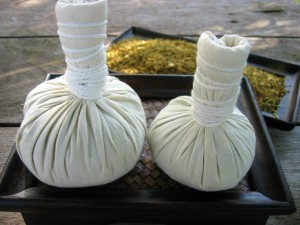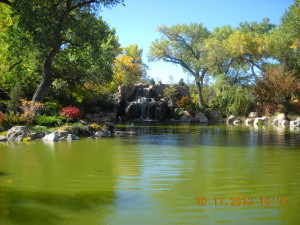MASSAGE AND HIGH BLOOD PRESSURE
Hypertension, or high blood pressure, is a serious condition affecting one in four American adults. Blood pressure is the force of the blood pushing against the walls of the arteries. Each time the heart beats, it pumps blood into the arteries. Blood pressure is at its maximum at this time; this is known as the systolic blood pressure. When the heart is at rest between beats, blood pressure falls; this is known as the diastolic pressure. Hypertension is defined as an average systolic blood pressure above 140 mm Hg, a diastolic blood pressure above 90 mm Hg, or both. Although there aren’t many noticeable signs of hypertension, it increases the risk of both heart disease and stroke
- As early as 1999, researchers from the Touch Research Institute, the University of Miami School of Medicine and Nova Southeastern University in Florida conducted the study “High blood pressure and associated symptoms were reduced by massage therapy”. In this study, participants with controlled hypertension were randomly assigned to either a massage therapy group or a progressive relaxation group. Results showed that while both groups had lower anxiety levels and lower levels of depression, only the massage therapy group showed decreases in sitting diastolic and systolic blood pressure as well as cortisol stress-hormone levels.
- Published in 2005, researchers at the University of South Florida tested the effects of a regularly applied back massage on the blood pressure of patients with clinically diagnosed hypertension. Based on significant point reductions in both systolic and diastolic pressure readings, researchers concluded that regular massage lowers blood pressure in people with hypertension.
- As a result of the general understanding that massage lowers blood pressure, a 2006 National University of Health Sciences study sought to determine blood pressure changes following different types of therapeutic massage modalities. Researchers determined that Swedish massage had the greatest effect in reducing blood pressure readings, while potentially painful techniques, such as trigger point therapy, might have the opposite effect.
According to medical massage expert, Boris Prilutsky, massage’s mobilization of skin, connective tissue, muscle tissue and the periosteum, stimulates receptors that send messages of relaxation to the central nervous system. These reflexes cause vasodilation, resulting in decreased blood pressure and heart rate.
Essential oils that can be beneficial in massage for people suffering from hypertension
- Clary sage
- Lavender
- Marjoram
- Melissa
- Ylang-ylang
These essential oils should be applied topically to the soles of your feet. If you have sensitive skin, use a carrier oil or lotion with the application. As always, be sure your essential oils are 100 percent organic and certified therapeutic grade and should carry those certifications on the label.
Wishing you Peace, Harmony and Balance



